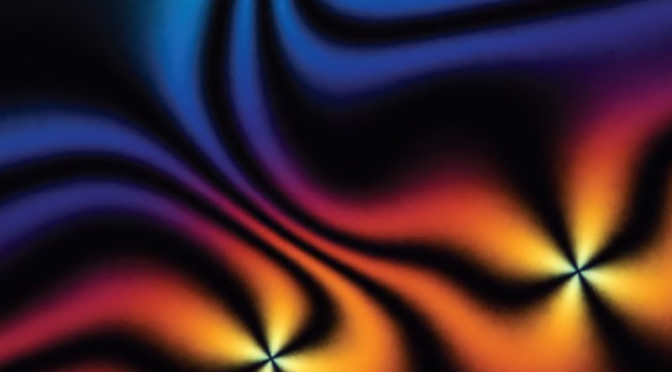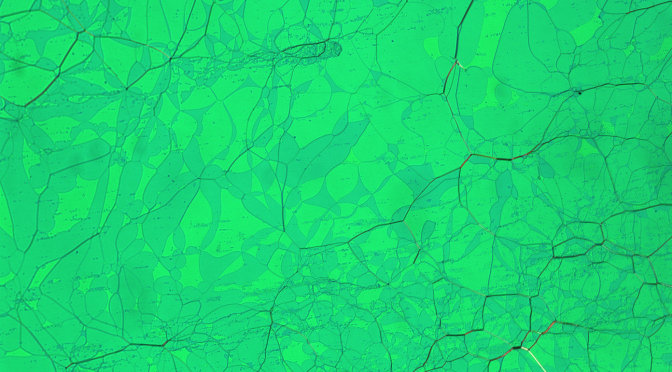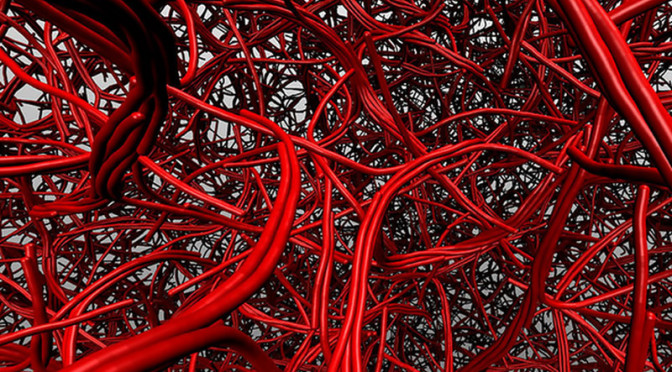SoftMatterWorld.org is a website dedicated to all areas of soft matter physics, chemistry and materials science, from liquid crystals, polymers and gels to biomolecular assembly and the interface between hard and soft condensed matter.
Sign up for our newsletter to get monthly updates on the latest papers, conferences and jobs.
We hope that everybody interested in soft matter, from high school student to professional scientist will find something interesting on the site. Visit the About section to learn more about the site.
Softmatterworld.org has received generous funding from the National Science Foundation and continues to incorporate a science writing internship program for UC Merced undergrads.





